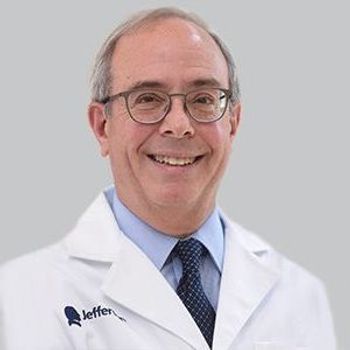
Expanding the Clinical Application of 2-Stage Models for Heterogenous Treatment Effects in MS: Carrie Hersh, DO, MSc

The associate professor of neurology at the Cleveland Clinic Lerner College of Medicine detailed the next steps in reforming and applying new 2-stage models that improve selection for MS disease-modifying therapies. [WATCH TIME: 6 minutes]
WATCH TIME: 6 minutes
"Altogether, we feel we have identified the basic building blocks using early developed models that could potentially better help healthcare providers personalize disease-modifying therapies to individual patients with different disease characteristics."
Because of restrictive inclusion criteria, previously published 2-stage models of heterogenous treatment effects (HTE) in multiple sclerosis (MS) are limited. Led by
In the first stage, baseline relapse risk scores were derived by logistic LASSO regression with baseline covariates as inputs; performance was assessed by area under the receiver operator curve (AUROC). In the second stage, propensity score weighting using overlap weight was performed. Average treatment effect (ATE) and HTE were calculated with low-efficacy DMTs as the reference. All told, the risk relapse model achieved AUROC of 0.75 on the test set. Furthermore, in the ATE model, moderate- and high-efficacy groups had better relapse outcomes compared with low efficacy DMTs, with the high-efficacy group approaching statistical significance (P = .058).
As relapse risk increased, investigators started to see advantages for high-efficacy treatment, which mirrored published models from clinical trials. Hersh, an associate professor at the
REFERENCE:
1. Hersh CM, Sun Z, Grossman CI, Shen C, Pellegrini F, Campbell N. Proof-of-concept for 2-stage models of heterogenous treatment effects derived from the real-world MS PATHS research network. Presented at: 2022 ECTRIMS Congress; October 26-28; Amsterdam, Netherlands. P372
Newsletter
Keep your finger on the pulse of neurology—subscribe to NeurologyLive for expert interviews, new data, and breakthrough treatment updates.































